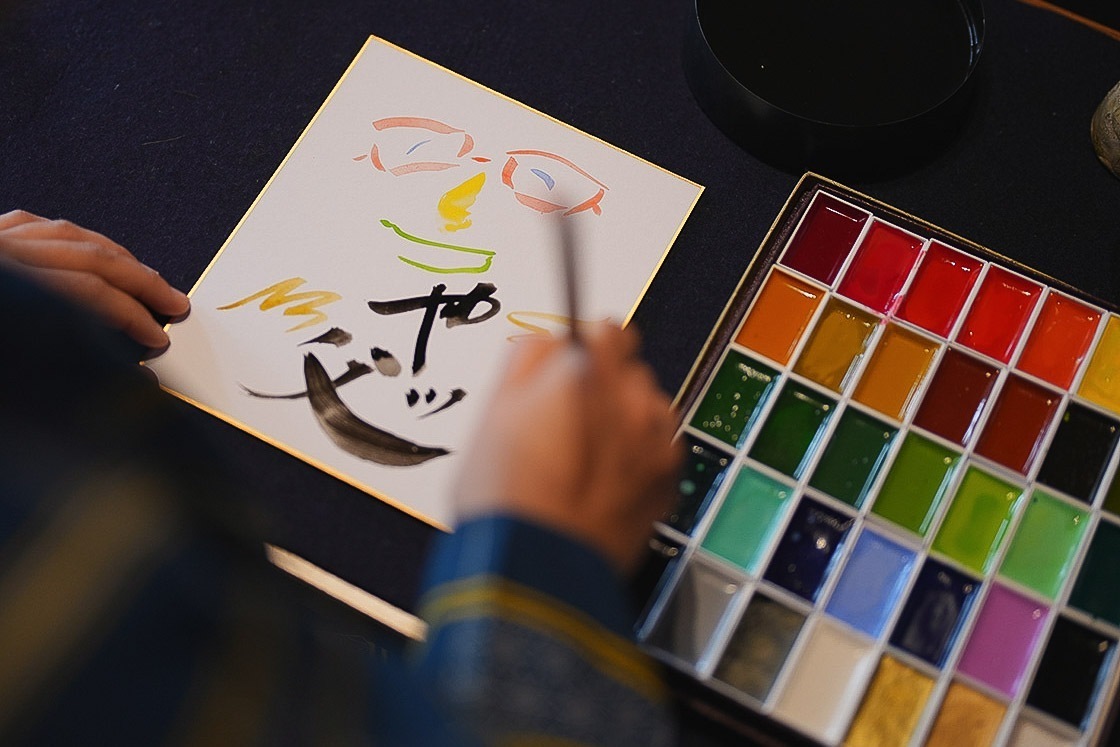A one-of-a-kind experience in Kyushu that combines nature, tradition, handicrafts and art
Located about an hour's drive from Fukuoka Airport, Yame City is a small, largely unknown town where history, culture, and traditions still live on. This town is conveniently located in the middle of Kyushu in terms of transportation, with the Kyushu Expressway and Kyushu Shinkansen providing easy access to Kumamoto, Oita, Saga, and Kagoshima Prefectures, as well as everywhere in between. If you are planning a trip to Kyushu, we highly recommend that you stop by Yame.
Present-day Yame City developed as a castle town around 1600. The castle was abandoned after just 20 years, but the town persisted and remained intact, developing as a center of commerce and transportation along the main road linking the Fukuoka and Oita regions. It was known as a city town where the products of the mountains and the seas met.
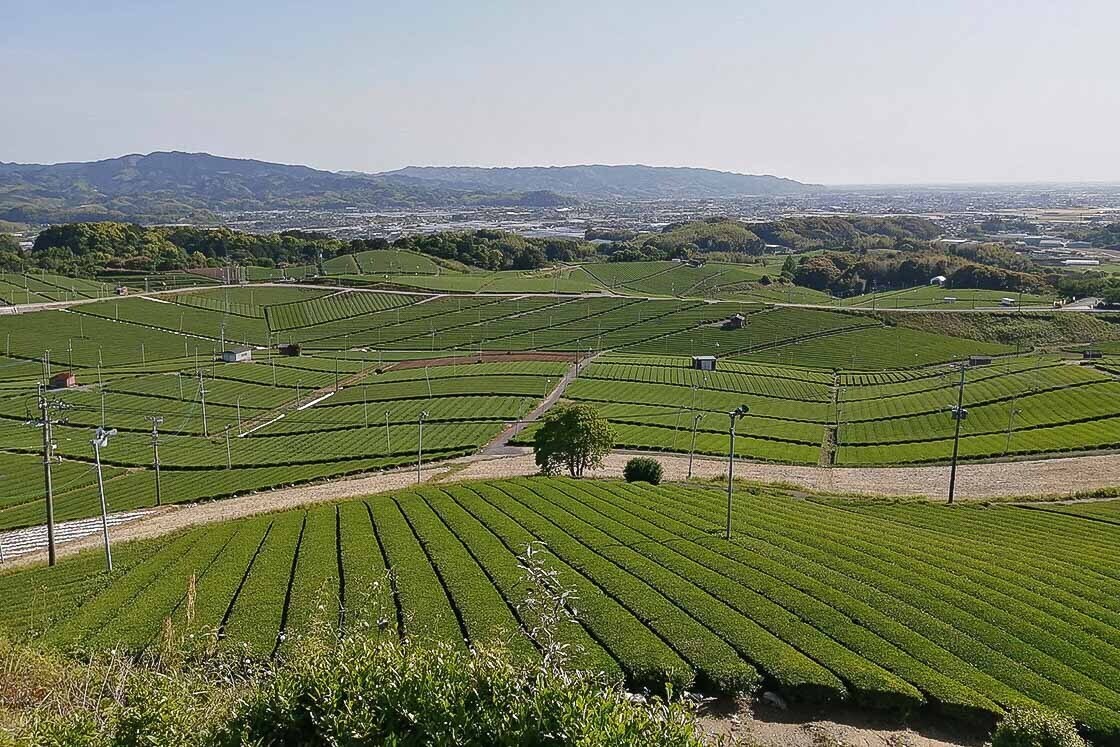
In the center of the town, the traditional white-walled buildings still line the streets and create a peaceful atmosphere.
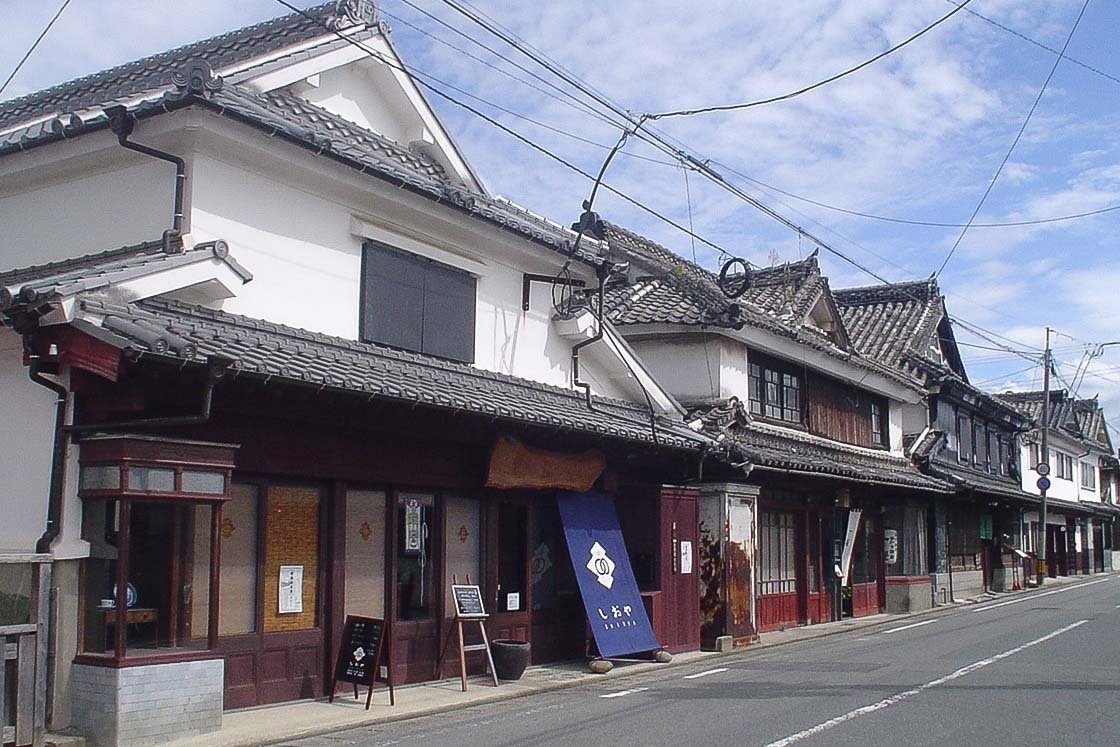
History and culture of Yame
A must-try when visiting the area is the tea, known as Yame-cha, or Yame tea. Tea cultivation in the area is said to trace its origins to 1423, when a monk named Eirin Shuzui, who completed his training in China, brought tea seeds back with him to give to the head of the town and shared tea-making techniques.
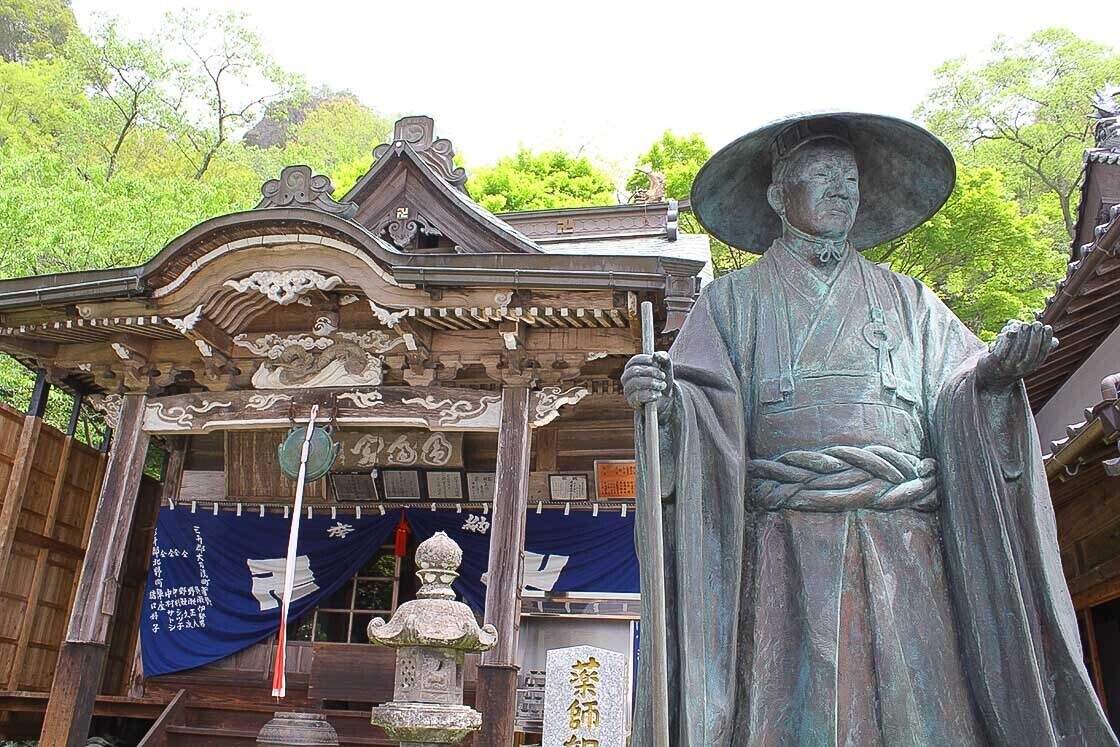
Since then, thanks to the tireless efforts in pursuit of quality tea over many generations, Yame tea is known throughout Japan and is popular overseas as a healthy, non-alcoholic drink. The fact that Yame has been a producer of high-quality tea for such a long time is deeply connected to the area's history as a production center for handmade washi paper.
Yame's handmade washi paper is said to date back to around 1595, but there are various theories. The Yabe River flows from the mountains into the Ariake Sea in this area, and because of the abundance of water and paper mulberry trees, the raw material used in washi, the washi industry flourished to the extent that there were 1,700 paper making households from the end of the Meiji period to the early Showa period.
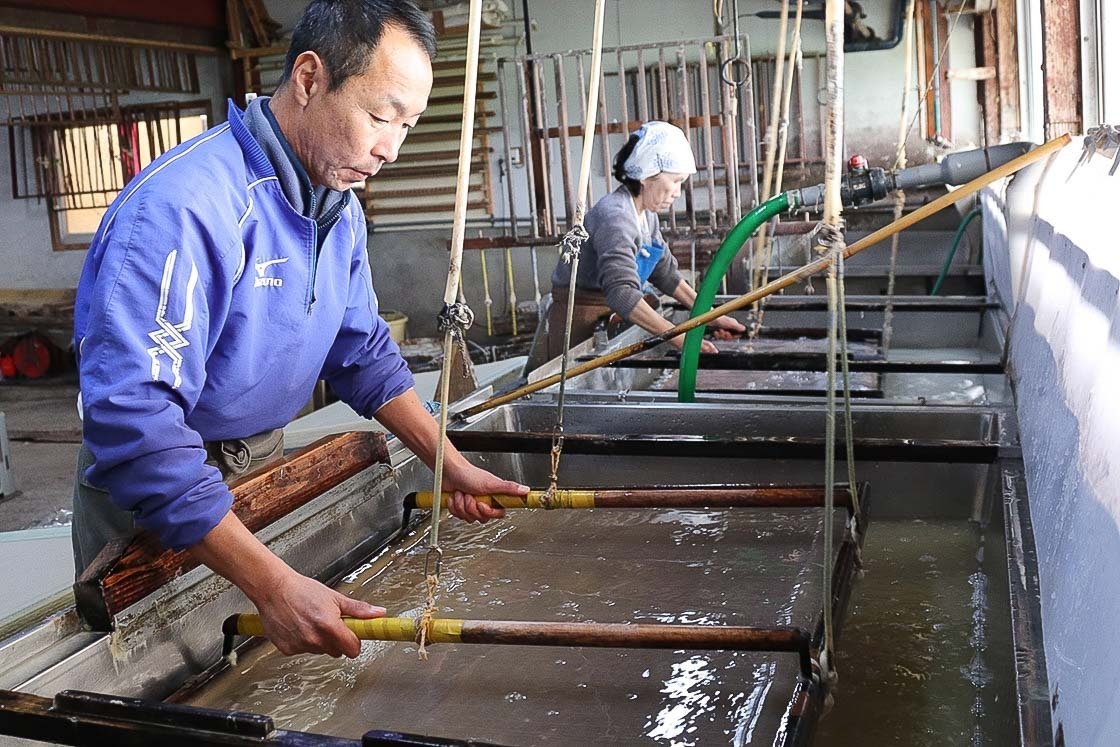
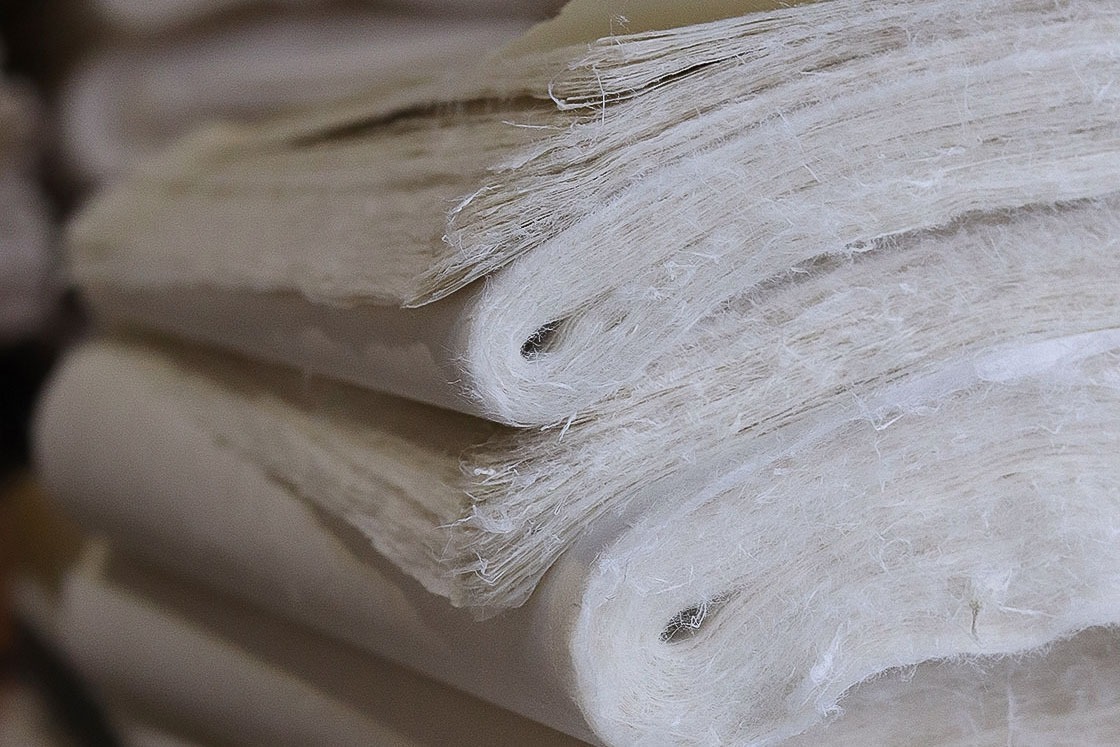
Washi and Yame tea intersect during the roasting process. The traditional workbench used during the roasting process is called a hoiro. The bench is heated by charcoal and the surface of the bench is covered with Yame washi paper. Steamed tea leaves are then placed on top and kneaded by hand, gently roasting the leaves. The taste and quality of Yame tea is said to have improved dramatically when this production method was first introduced to the region from Kyoto during the late Edo period, and it is no exaggeration to say that the success of Yame tea is owed to Yame washi paper.
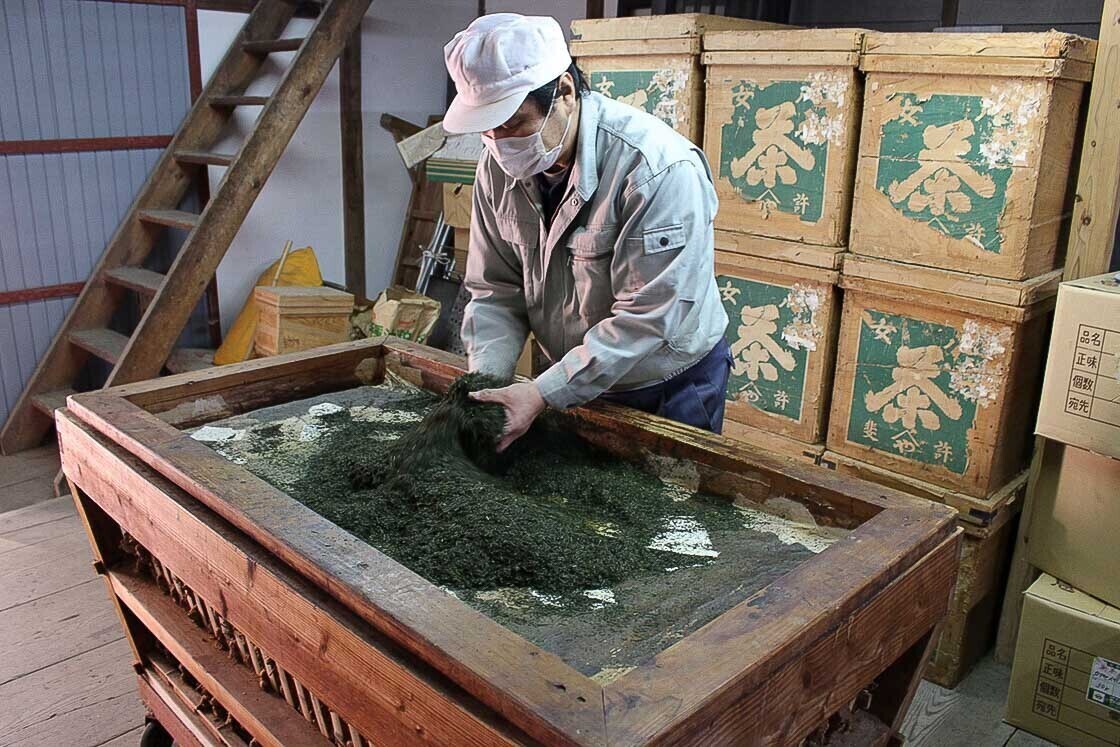
Both Yame's tea and its washi are nurtured by the region's history and the blessings of the land. We have prepared a program that lets you deeply appreciate both.
Japanese artistic calligraphy workshop on authentic Yame washi paper
This program will be held at Villa ARTIS (taking its name from the Latin for "village of art"), an art gallery put together by Yame resident and calligrapher Chikako Nakashima. Various artworks are on display throughout the house and garden.
Nakashima is a very energetic person who moved into an old house in Joyo-machi, Yame City in 2019. Surrounded by rich forests, she created Villa ARTIS herself. The villa operates as a pizzeria on weekends and is always bustling with people of all ages from the local area and beyond. She hoped to create a space where people can come into contact with each other and also with art.
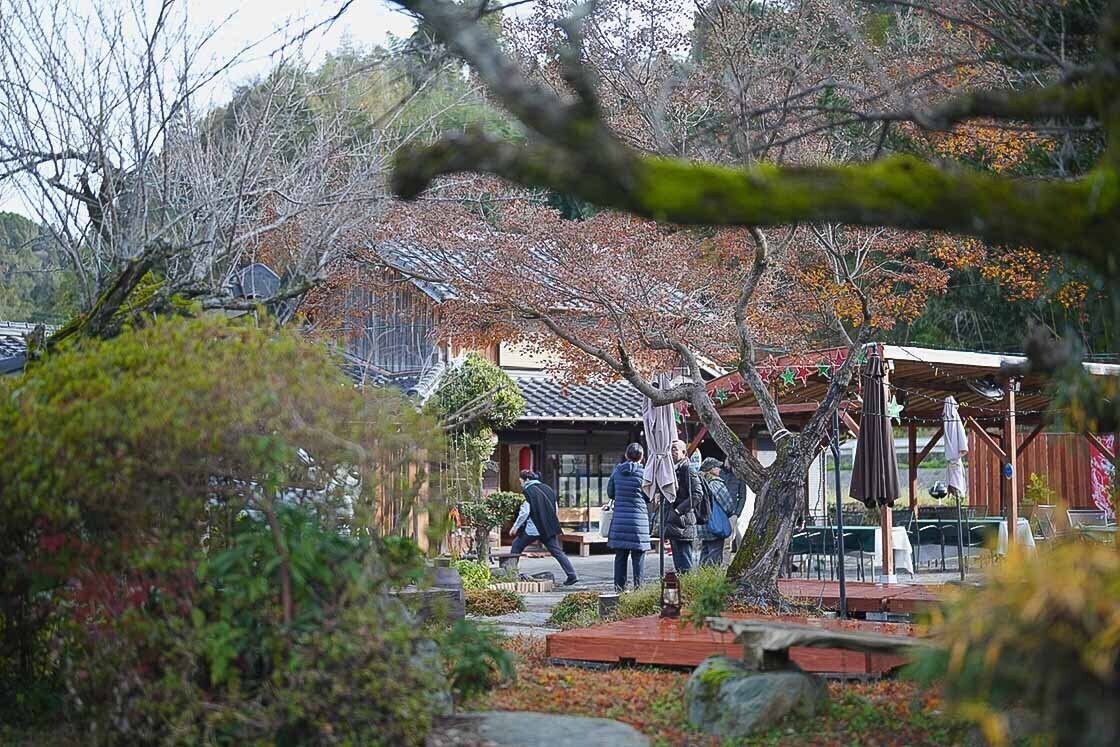
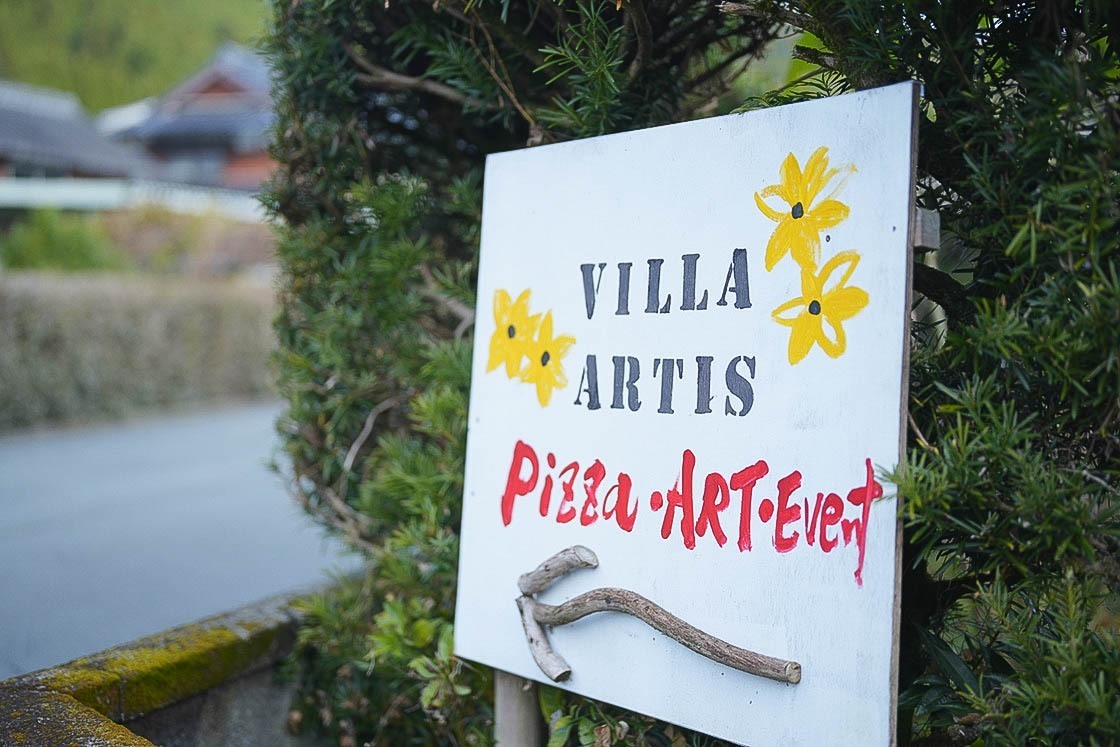
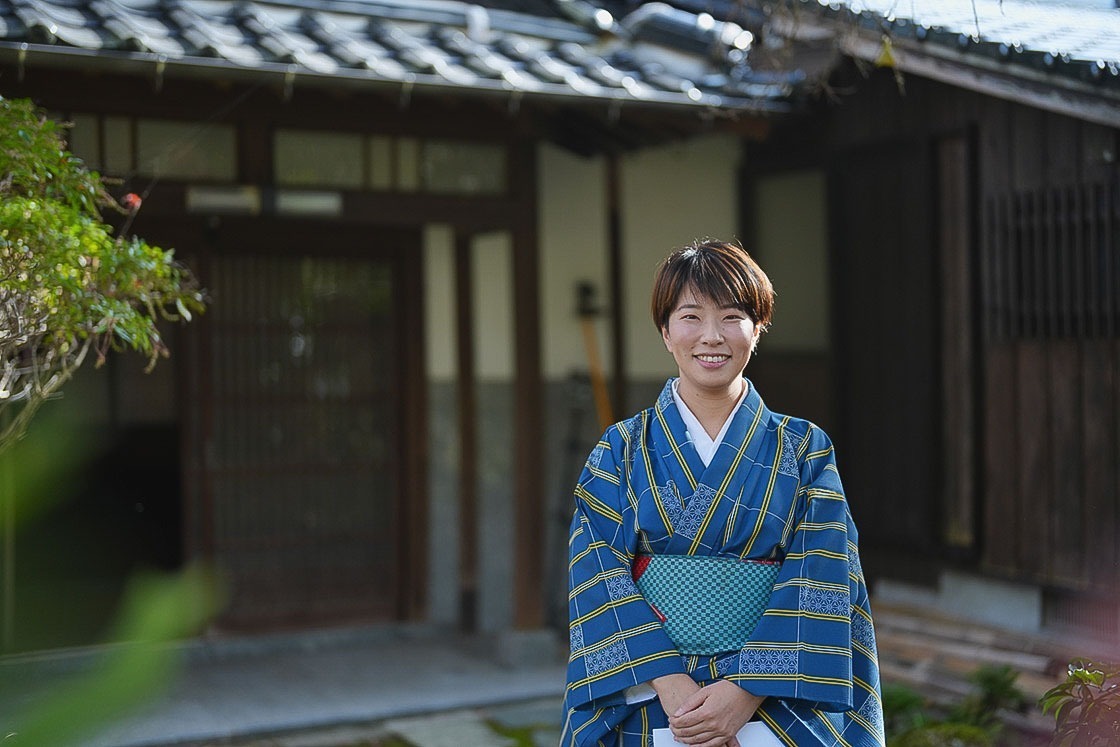
Calligraphy needs water. We first collect water from the nearby river, plants, or trees as has been done for generations. Many people in the area still live in harmony with the blessings of the forest. There are farmers, craftspeople who make fishing rods out of bamboo, incense makers who use watermills to create incense from cedar leaves, and carpenters who make wooden joinings. Just by taking a walk through the area, you will feel the vibrant life of these people.
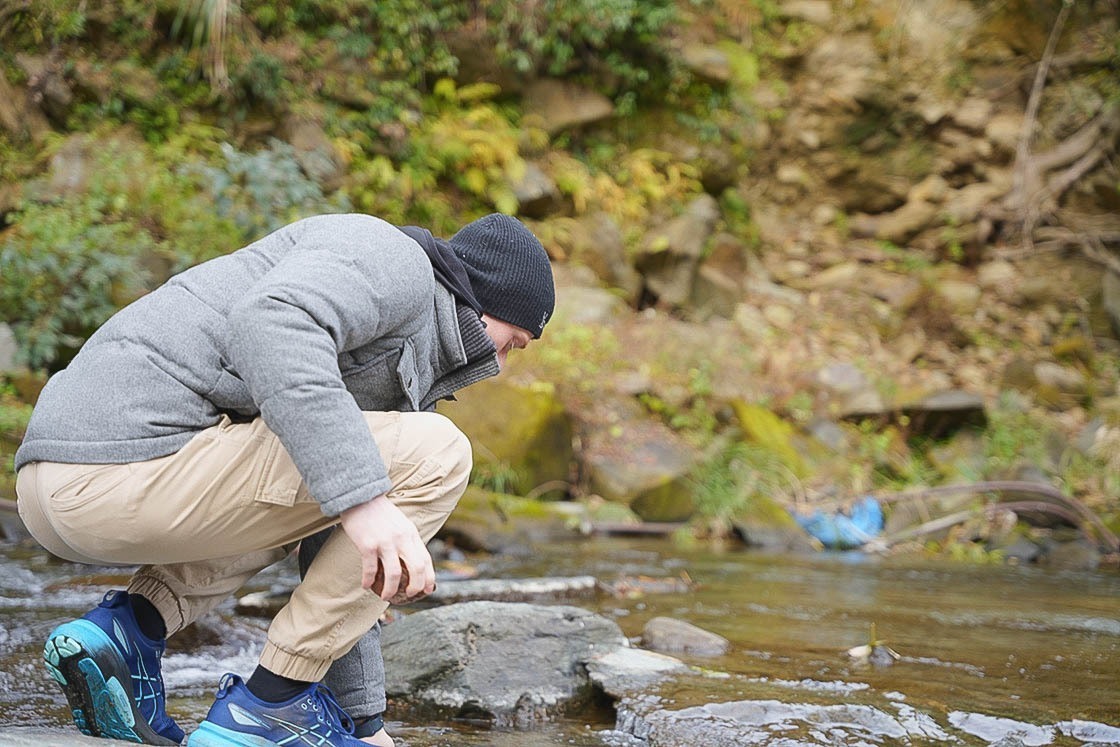
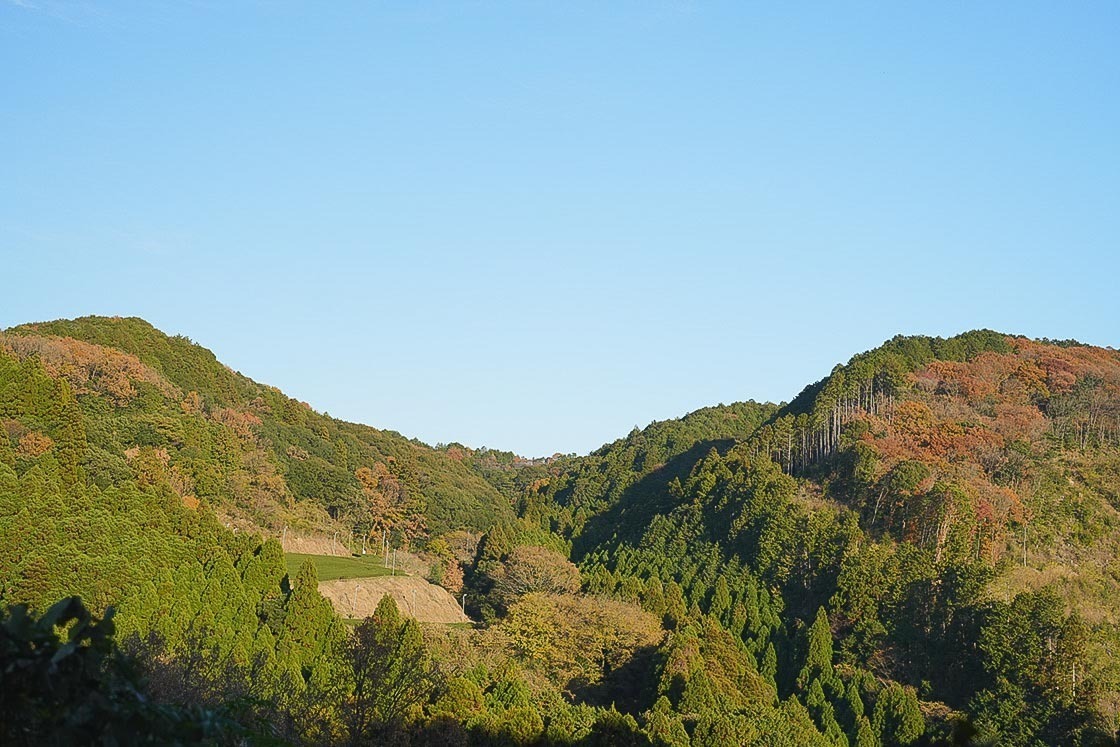
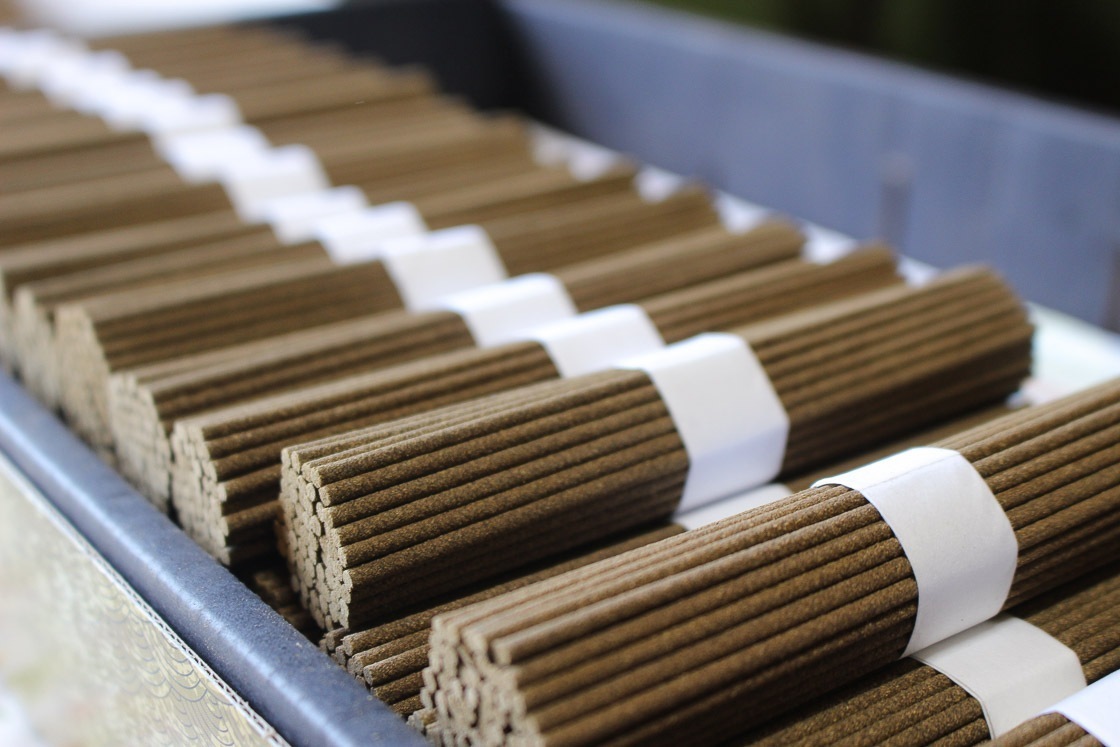
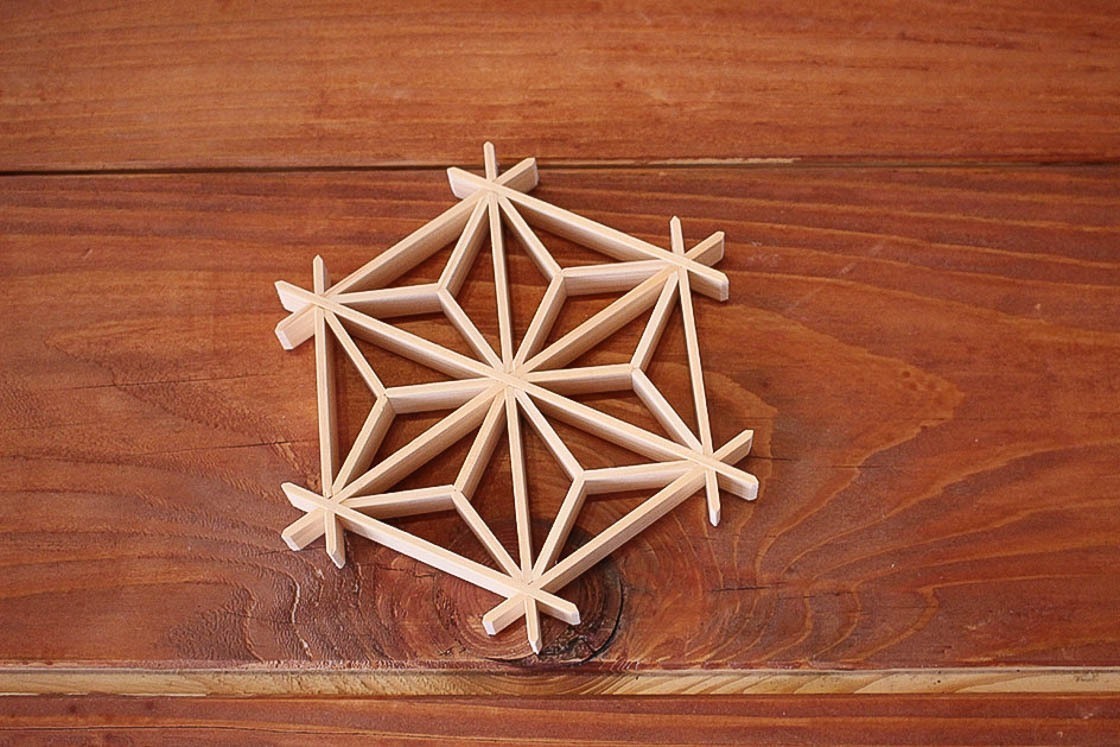
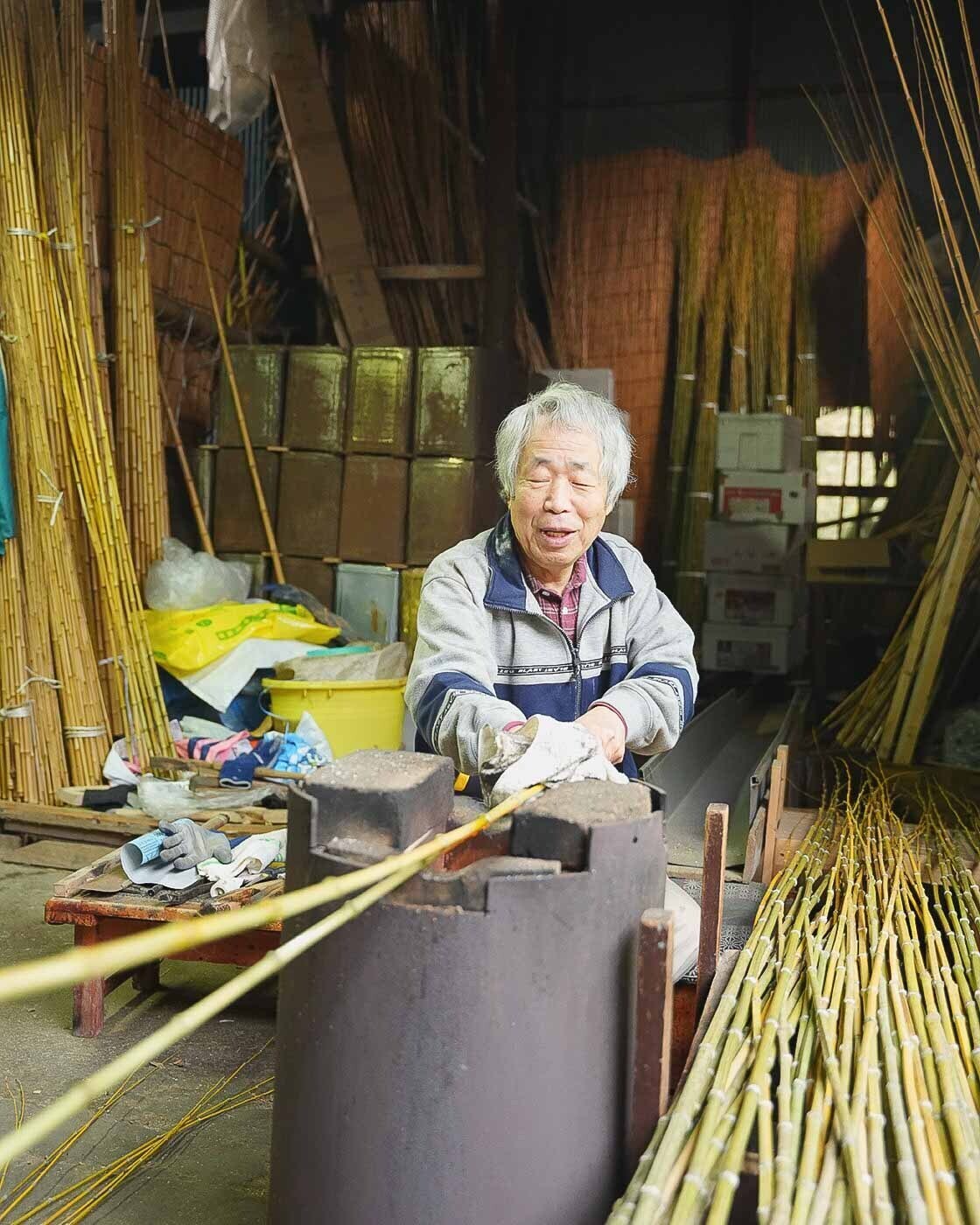
You will then create a work of art with your own hands with your name as the theme. Using real tools, you will draw Japanese characters on Yame washi paper, creating the moment where your own life story and the story of Yame intertwine. This one-of-a-kind artwork can only be crafted on this day, in this place.
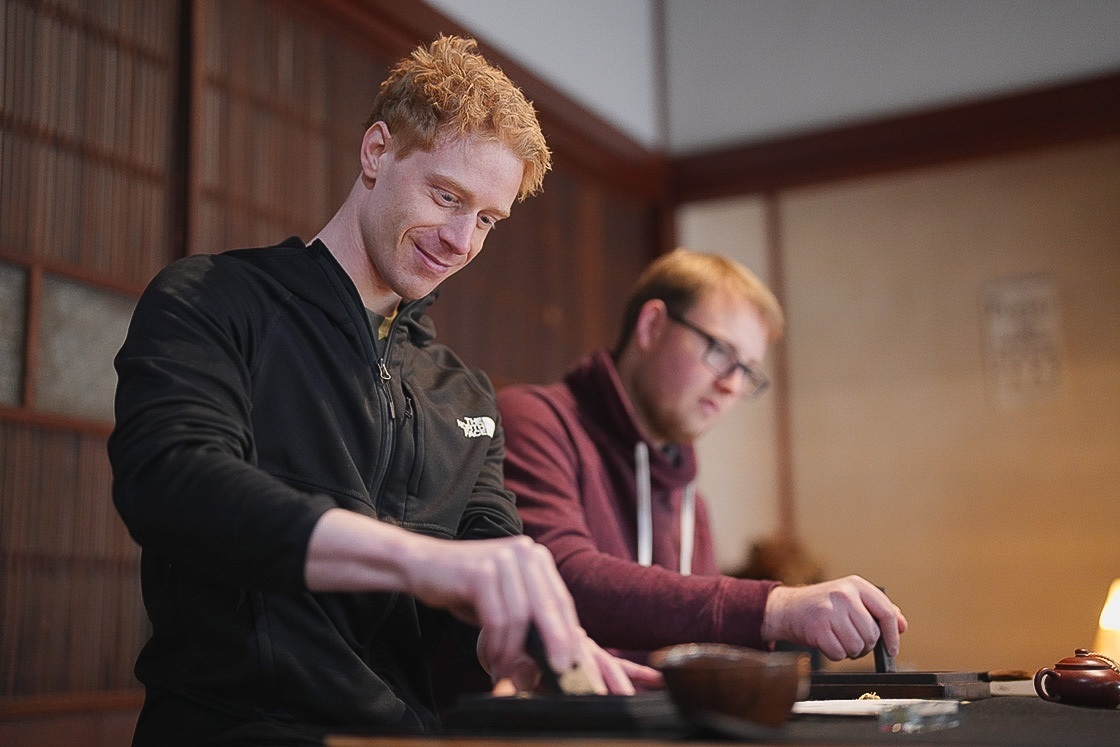
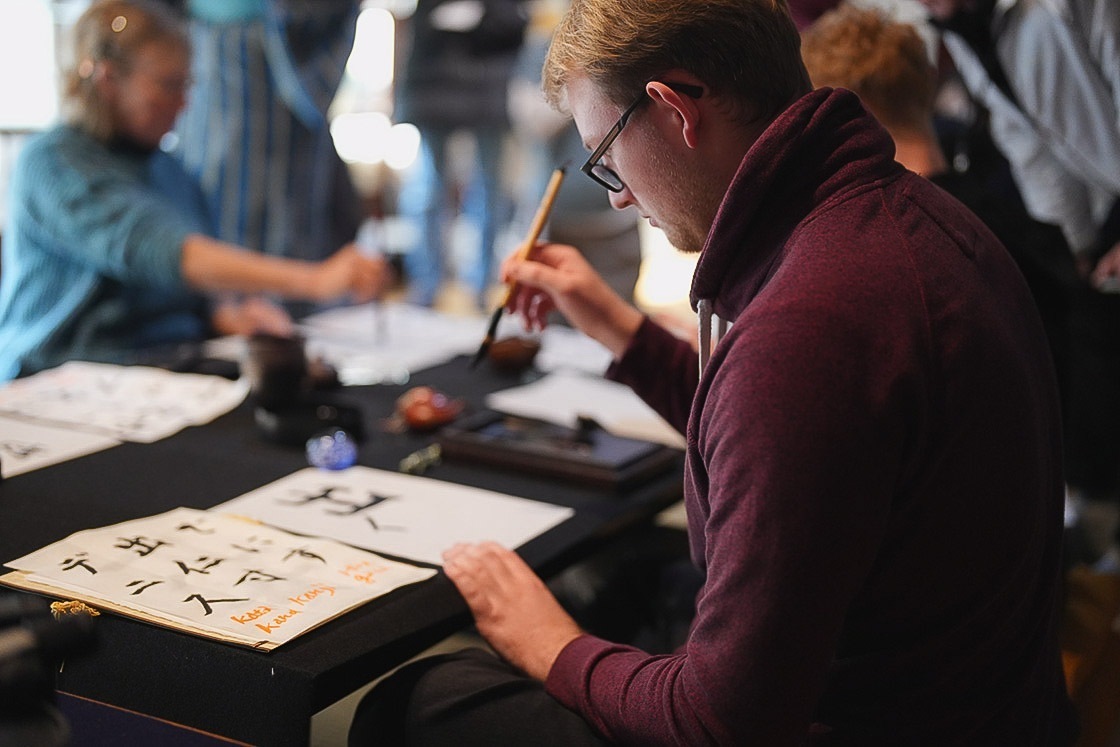
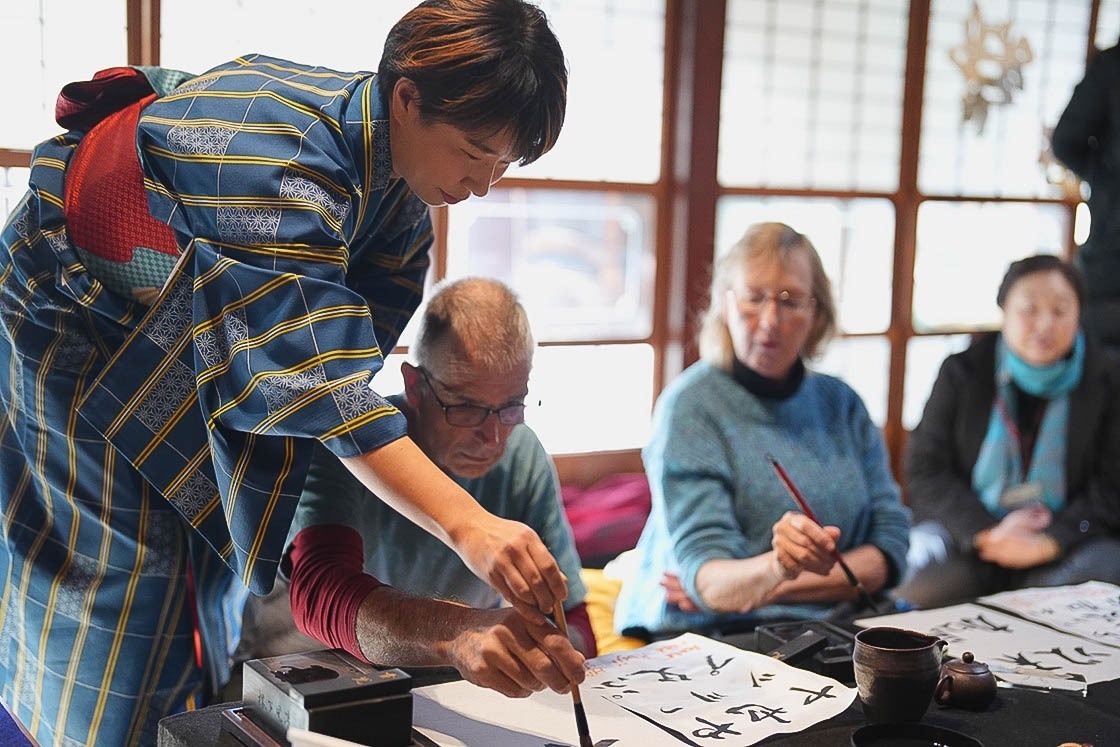
The second artwork is a gift from Nakashima to you. Nakashima will improvise a piece of art based on conversation with you. It is a genuine, one-of-a-kind work of art born from your unique conversation. When you display this artwork in your home, the beauty of Yame's quiet valley and the pleasant time spent with Nakashima will vividly spring to mind, never fading away.
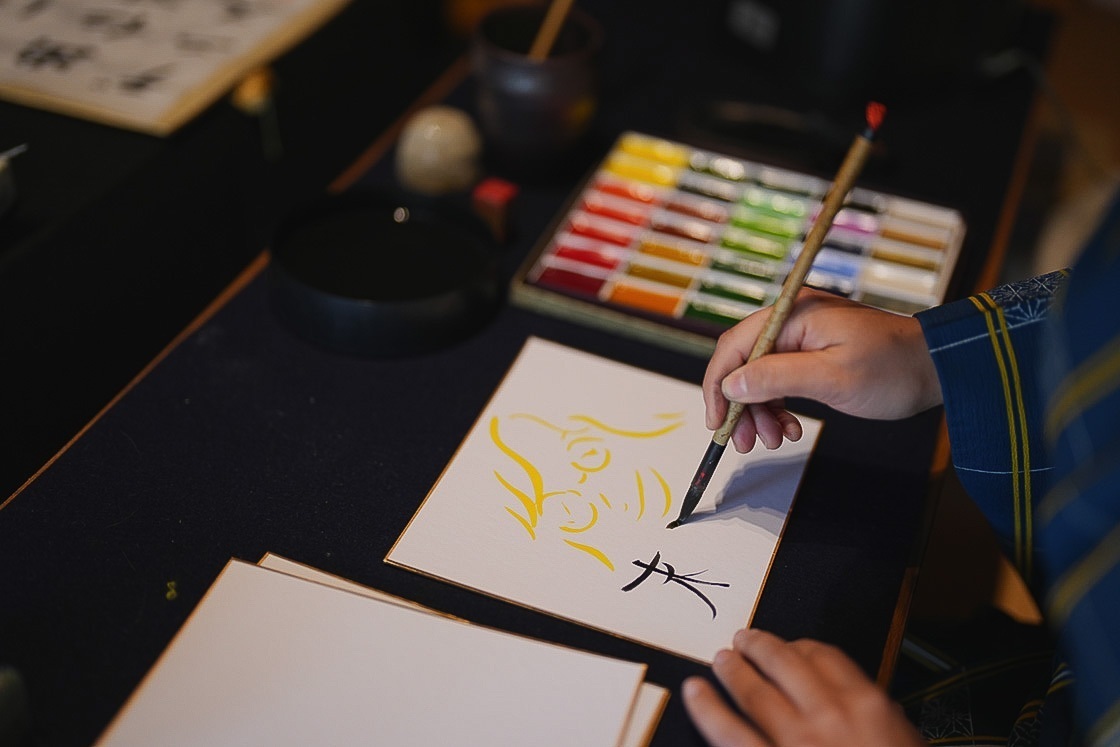
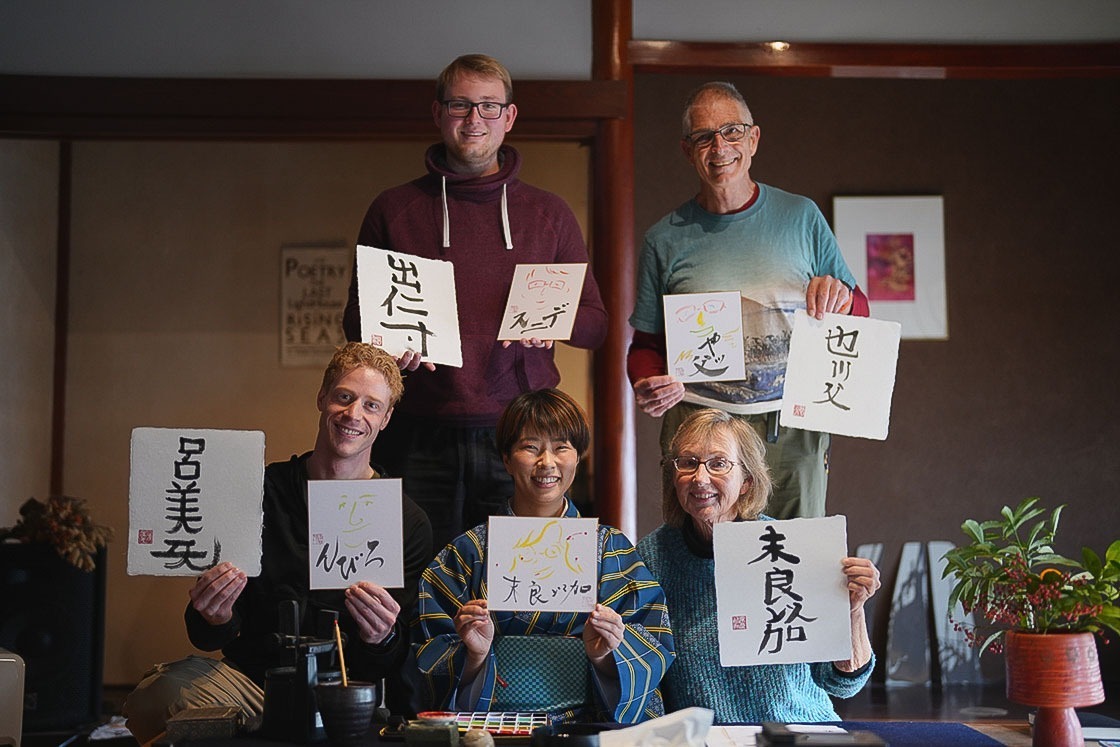
Green tea tasting in a serene hideaway with a visit to a tea plantation
The Joyo area of Yame is known for its high-quality tea cultivation. The mountainous area where the Joyo area is located is prone to fog, which naturally covers the tea plantations like a veil. This allows the tea leaves to store up plenty of nutrients while developing, resulting in tea leaves filled with the rich flavors that only the mountains can produce.
Tatsuya Kakuda of Kakuda Seicha owns a massive tea plantation in Joyo, where he handles everything from cultivation to processing and sales. Kakuda has fields with different soil types and climatic conditions, and in each field he grows different types of tea by selecting the type which best suits the soil. There are about 10 varieties of tea in total, and there are very few tea plantations in Yame that grow such a wide variety.
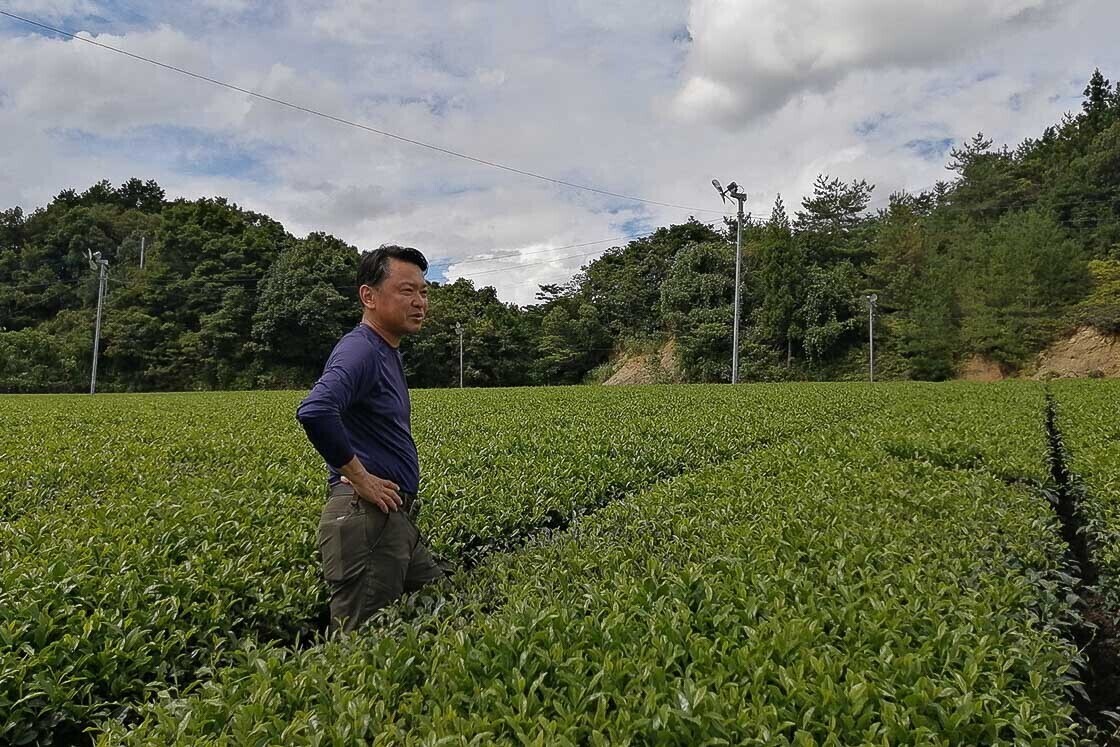
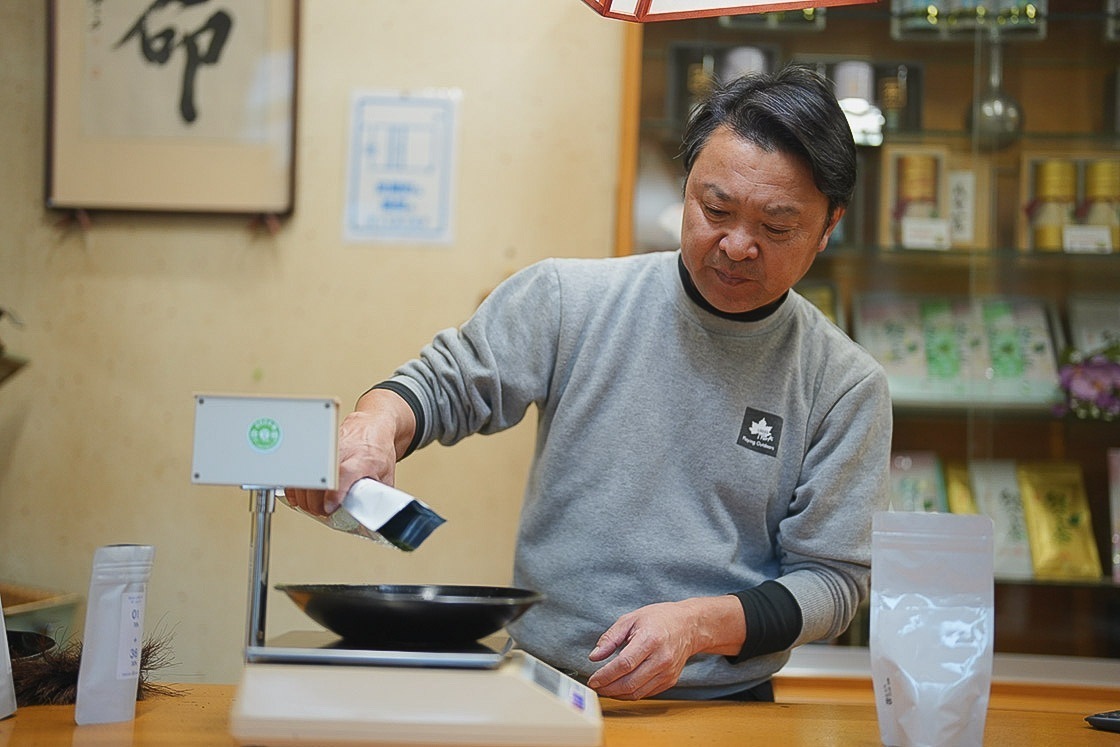
Green tea is usually blended from several varieties and sold as a product with a balanced flavor. Kakuda Seicha, however, produces and sells single-origin teas from a single farm and single variety. Green tea has a variety of characteristics depending on the type. The flavor, color, astringency, bitterness, aroma, and more, even the intensity is completely different for each type. It is truly amazing to experience this diversity of flavors.
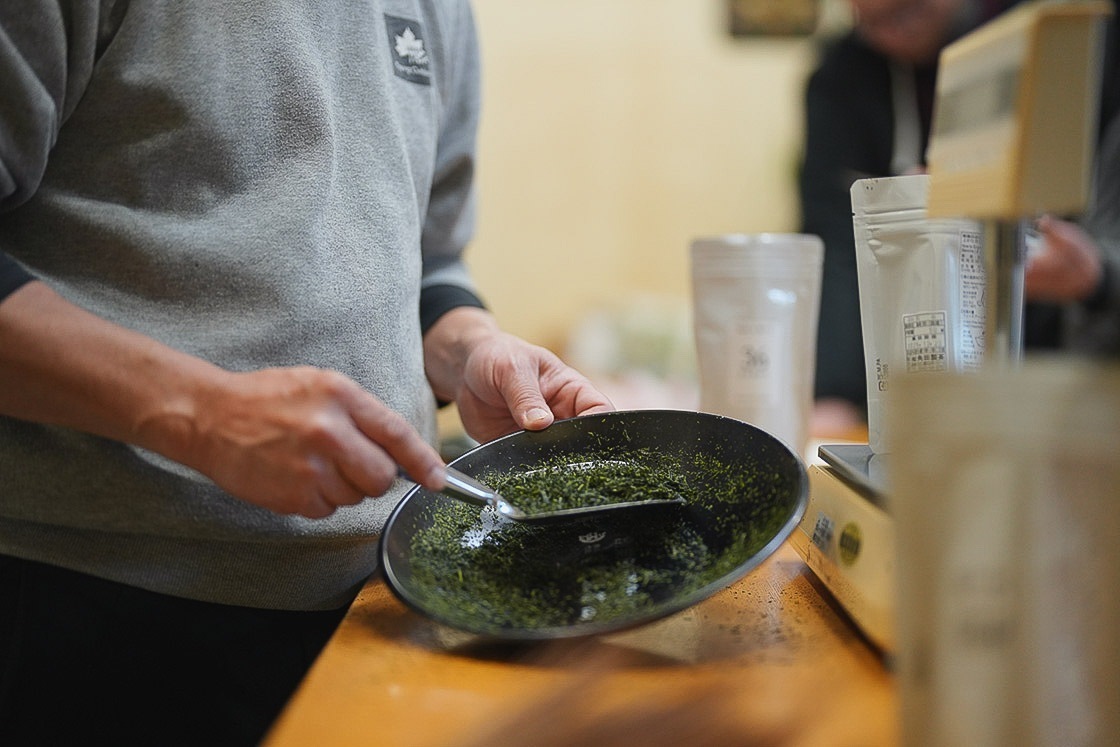
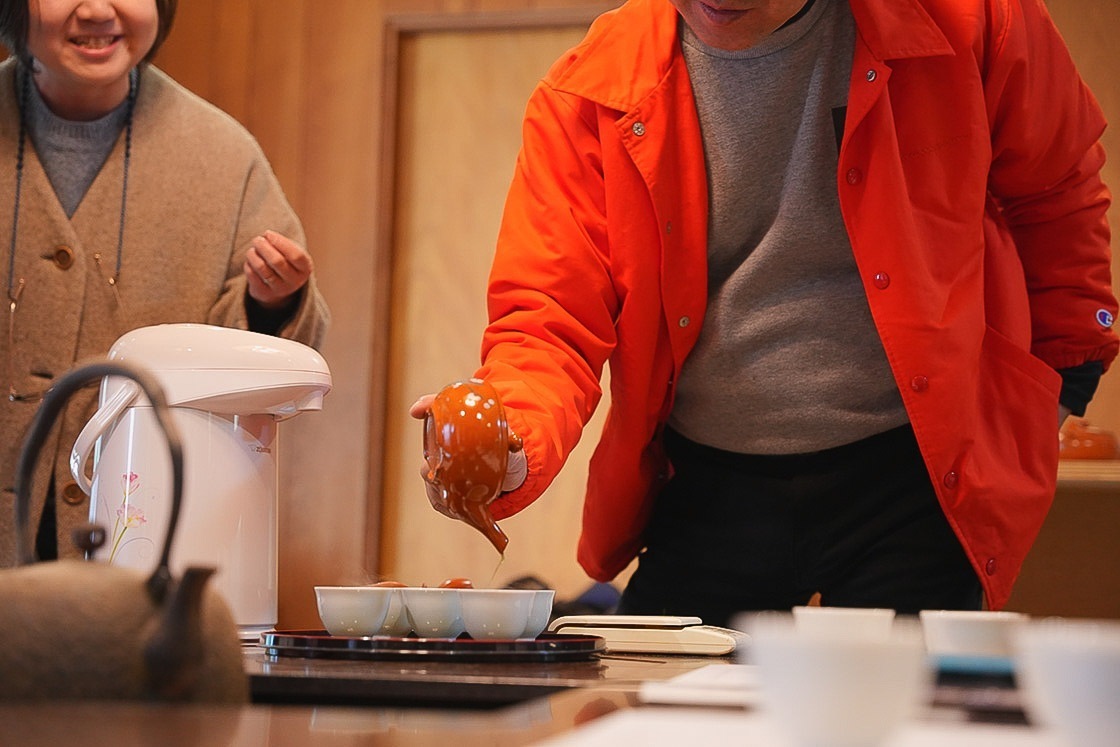
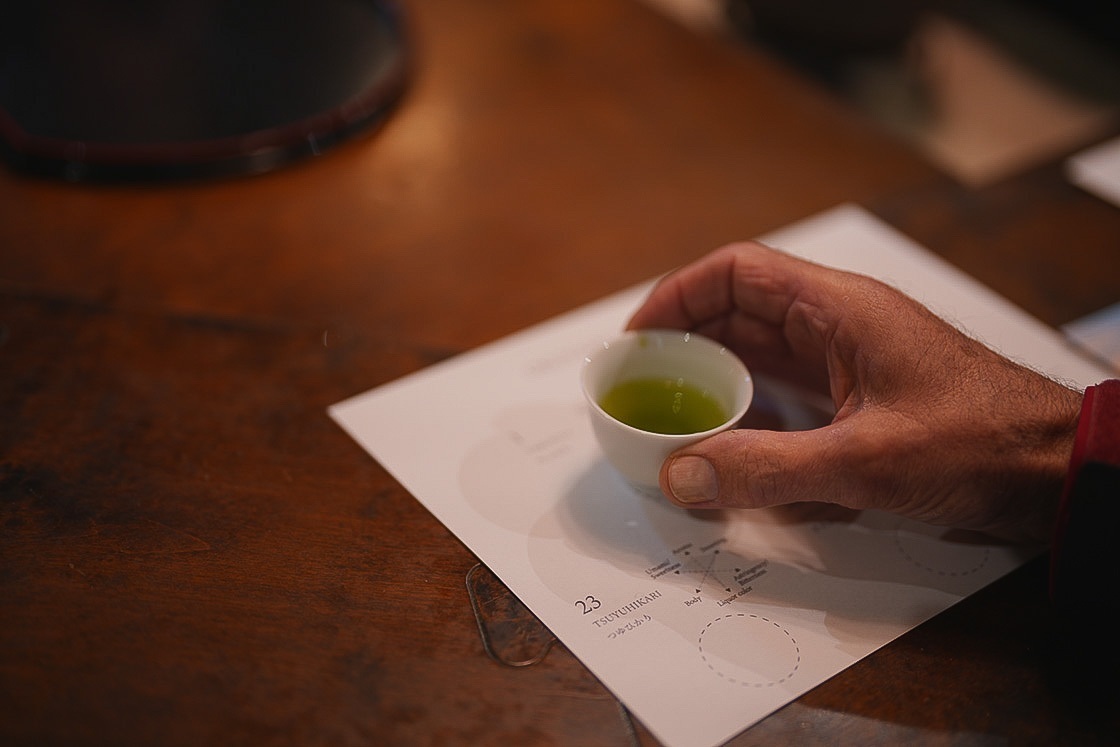
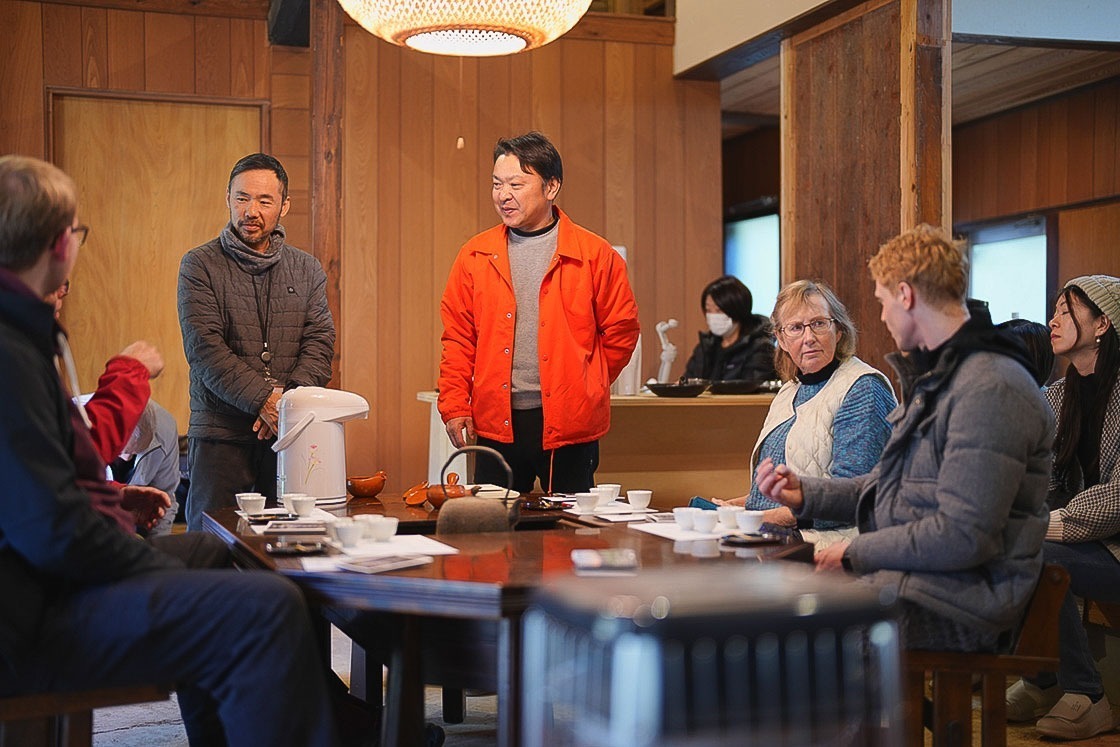
Kakuda will brew unique teas right in front of you. Close your eyes, sharpen your senses, and feel the unique characteristics of the tea and the different flavors of each. What kind of tea is your favorite? After tasting several teas, it is time to create your own one-of-a-kind blend. Do you prefer a refreshing blend with a balance of umami and astringency, or do you prefer a rich umami flavor that lingers in your mouth? Perhaps you prefer tea with a strong, distinctive aroma? Keep in mind the environment where you will be drinking the tea. First thing in the morning or an afternoon cup of tea on a holiday?
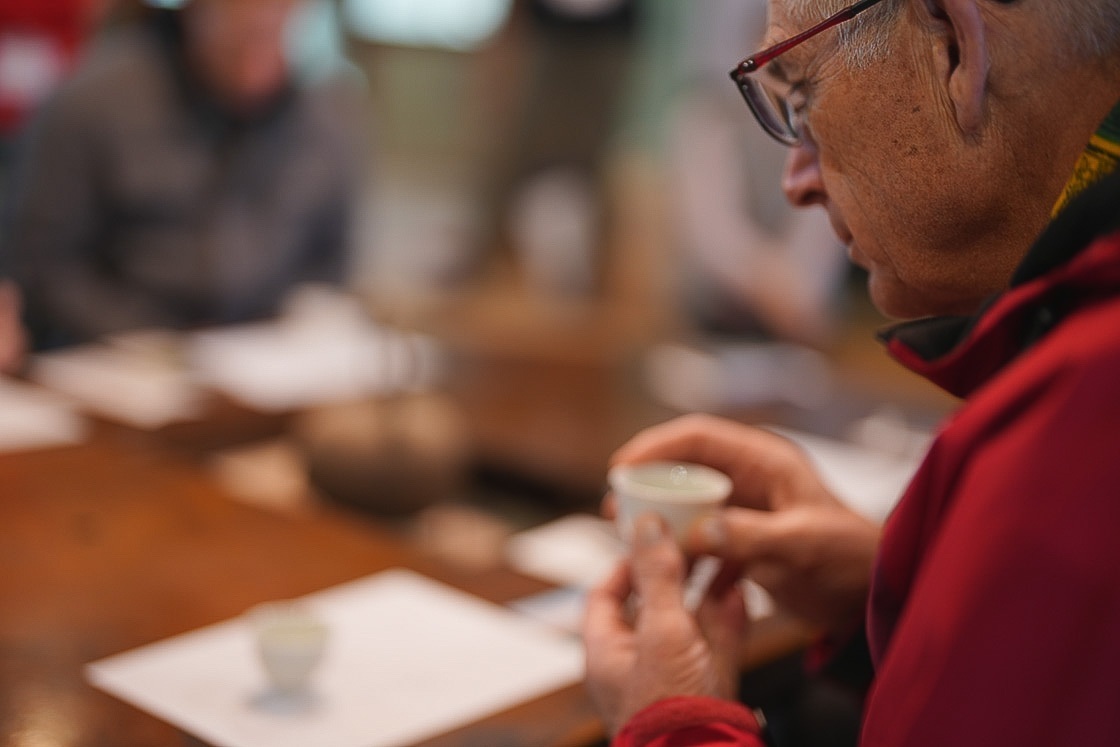
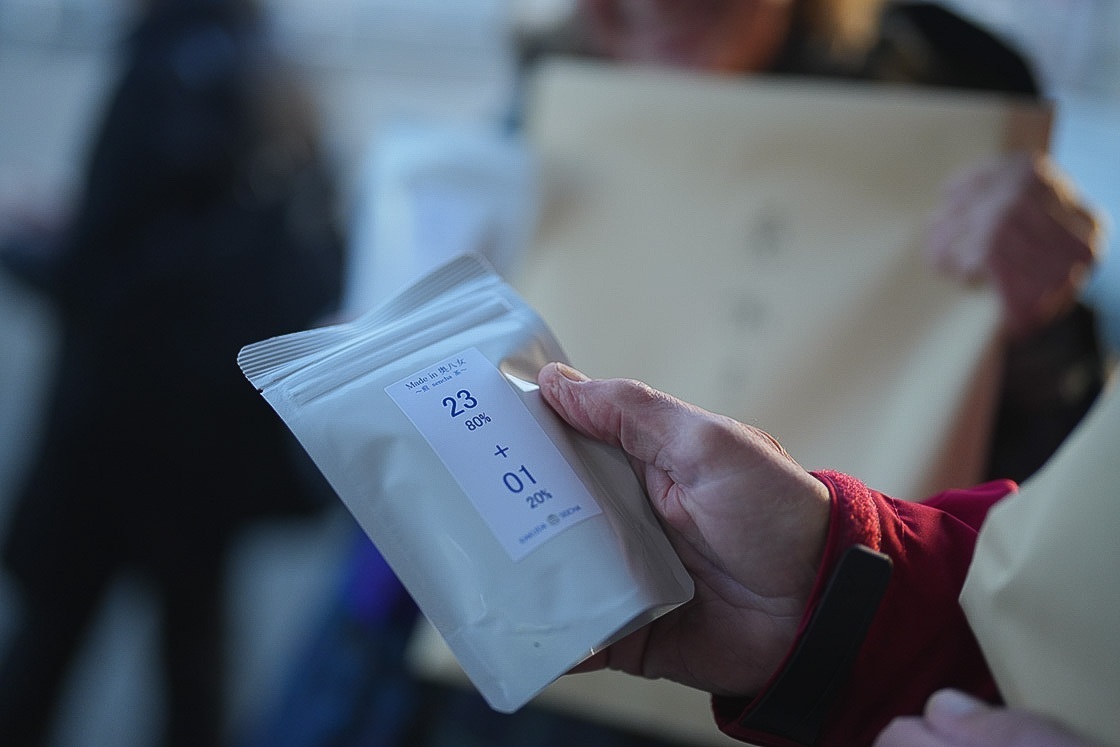
The program finishes with a visit to the tea plantation. The 13 hectares of tea plantations are located at the end of a mountain path. Surrounded by mountains with clear air, this is the very birthplace of the Yame tea you were drinking. After pruning in autumn, fertilization after that, and a cold, snowy winter, the fields are covered in light green in spring. The season of tea picking is upon us. Tea farmers devote themselves to cultivation in this harsh natural environment all year round in preparation for that moment.
So what are you waiting for? Are you ready to head to Kyushu, Japan's westernmost island? A small hideaway in a valley awaits you, filled with nature, tradition, handicrafts and art.
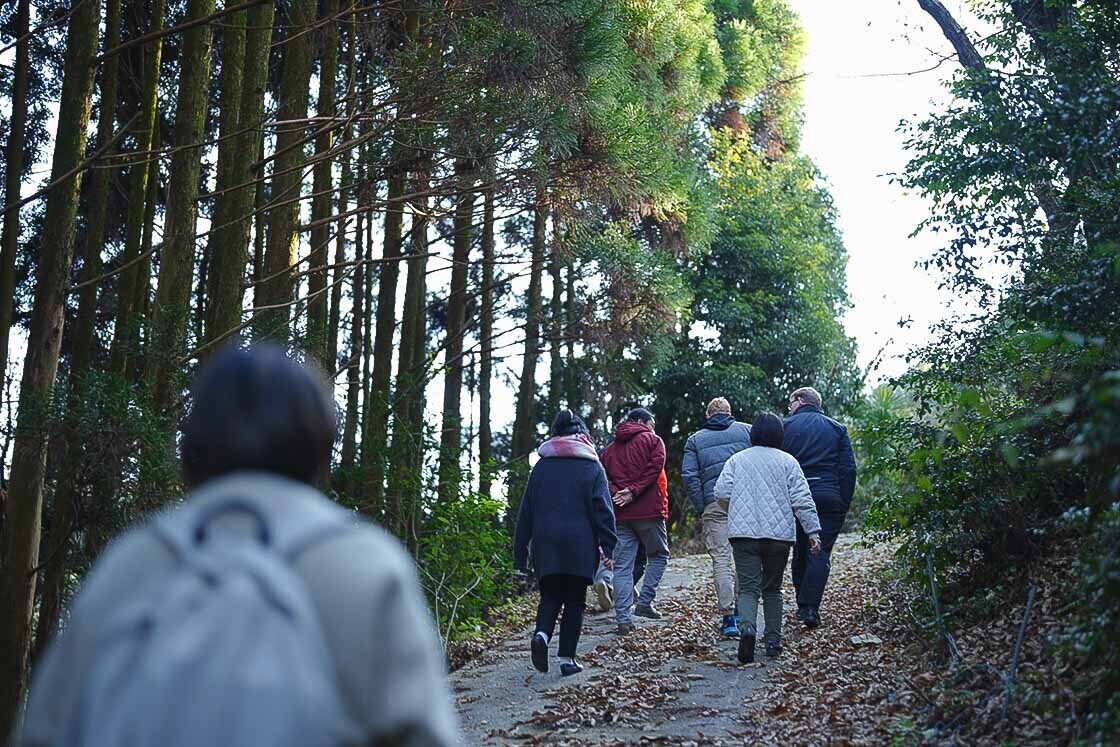
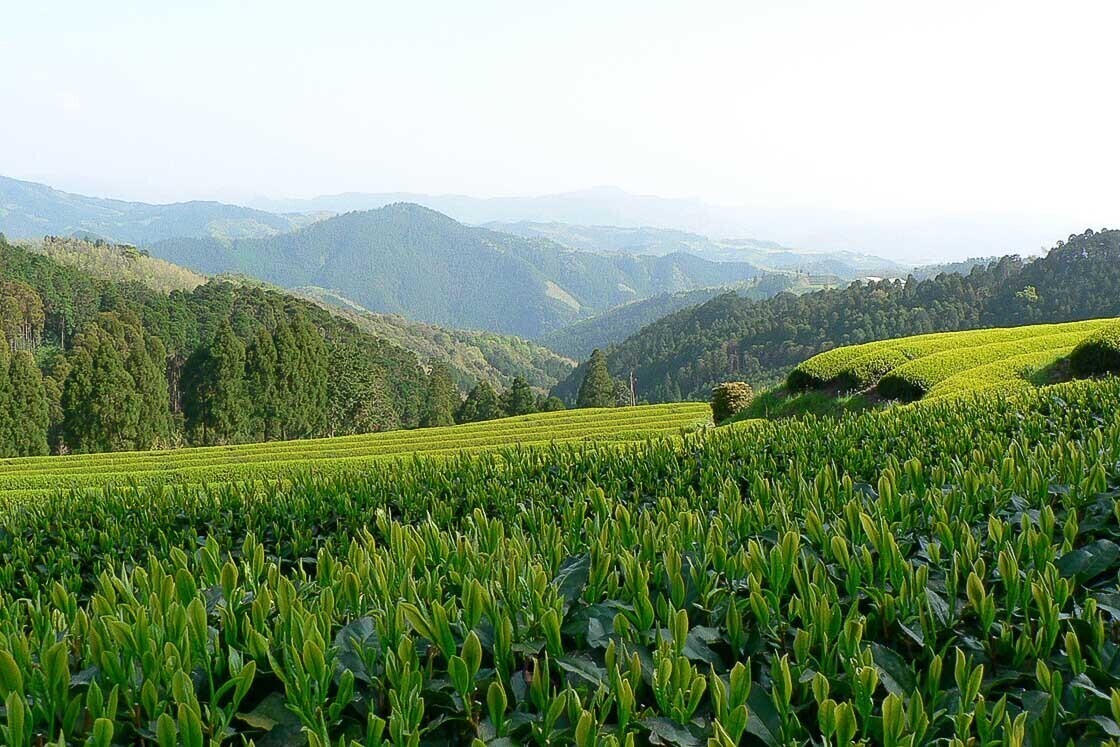
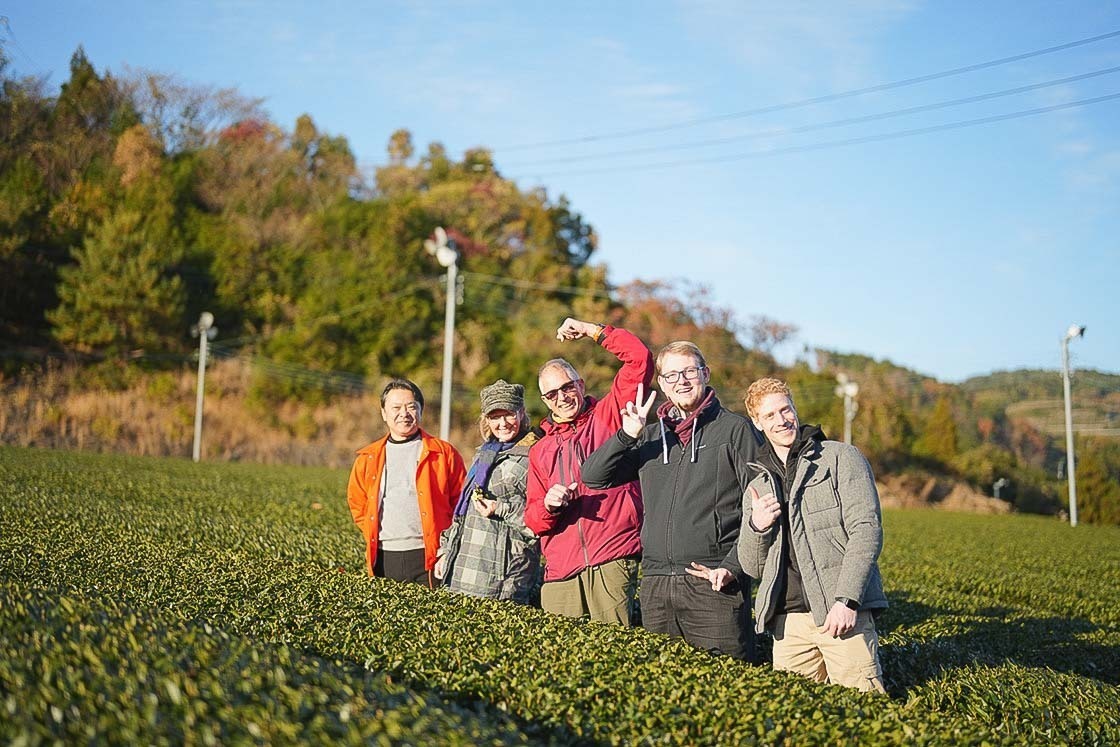
Access
From Hakata Station, take the Kyushu Shinkansen to Kurume Station (about 17 minutes), walk to the JR Kurume Station bus stop (about five minutes) and board the No. 32 bus for the Fukushima stop (about one hour). Finally, take a taxi to the area (about 20 minutes).
Alternatively, Yame is 80 minutes by car from Fukuoka Airport.
